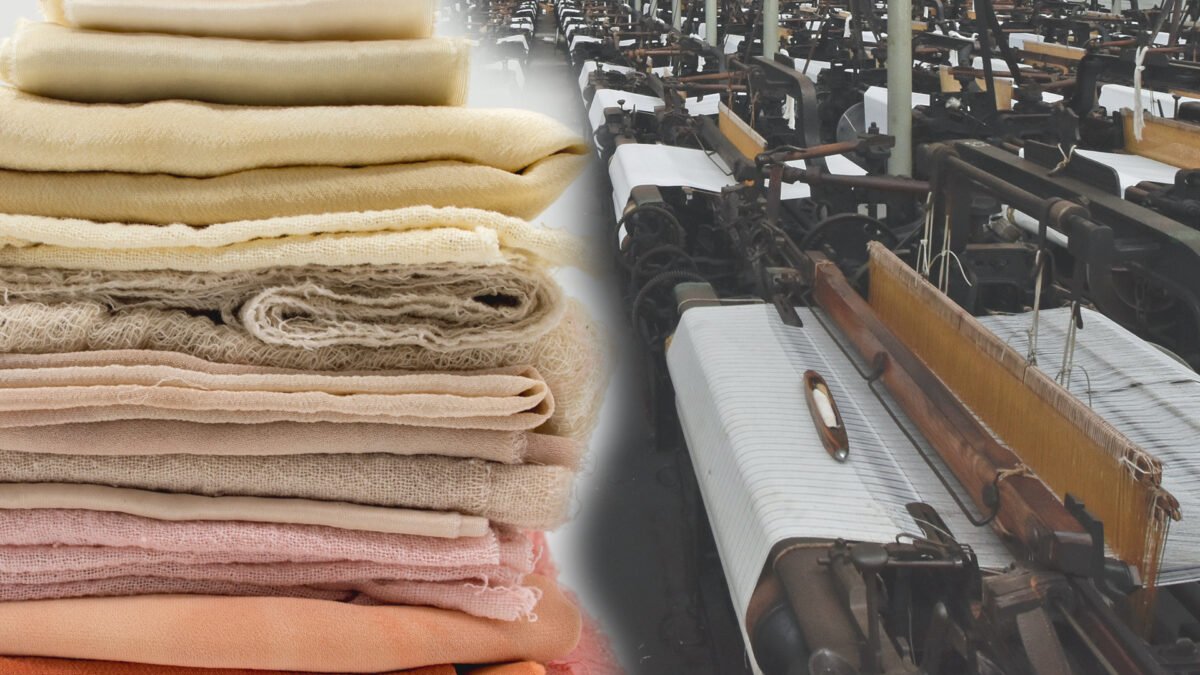Fabric manufacturing is a process as old as civilization itself, yet it remains one of the most vital and creative industries today. From the earliest handwoven textiles to the most sophisticated modern fabrics, the journey from raw material to finished fabric is one that marries technology with tradition, engineering with artistry. Even in an age dominated by automation, fabric manufacturing retains a deeply human essence, where craftsmanship, creativity, and attention to detail play pivotal roles. This article explores the human touch in fabric manufacturing, celebrating the skills and knowledge that turn fibers into the beautiful, functional materials that shape our world.
The Foundation: Selecting the Right Fibers
Fabric manufacturing begins with the selection of fibers, the building blocks of any textile. Whether natural fibers like cotton, wool, and silk, or synthetic ones like polyester and nylon, the choice of fiber influences every aspect of the final fabric—from its texture and durability to its drape and appearance. This selection process is more than a technical decision; it’s an art form that requires a deep understanding of the material and its potential.
Experienced fabric manufacturers know how to blend different fibers to achieve specific qualities. For example, mixing cotton with a small percentage of spandex creates a fabric that is both soft and stretchy, perfect for comfortable, form-fitting garments. This expertise in fiber selection and blending is a key aspect of fabric manufacturing that goes beyond the capabilities of machines, relying on the intuition and experience of the artisans involved.
The Weaving Process: Crafting Fabric One Thread at a Time
Once the fibers have been spun into yarn, the next step is weaving or knitting them into fabric. Weaving, one of the oldest methods of fabric construction, involves interlacing two sets of yarns at right angles on a loom. Knitting, on the other hand, uses needles to loop yarns together, creating a flexible, stretchy fabric.
Despite the advanced machinery available today, weaving and knitting are processes that still require a human touch. The setting up of looms, the choice of weave patterns, and the tensioning of yarns are all tasks that demand skill and precision. A skilled weaver understands how different weaves can impact the texture, strength, and appearance of the fabric. Whether creating a delicate chiffon or a sturdy canvas, the weaver’s choices and adjustments during the process are what give the fabric its unique character.
In smaller, artisanal mills, handweaving is still practiced, producing fabrics that are truly one-of-a-kind. These handwoven fabrics often have slight variations and irregularities that machines cannot replicate, adding to their charm and value. Each piece of fabric becomes a reflection of the weaver’s skill and creativity, embodying the essence of human craftsmanship.
Dyeing and Finishing: Bringing Fabric to Life
Once woven, the fabric undergoes dyeing and finishing processes that add color, texture, and other desired properties. Dyeing is both a science and an art, requiring precise control over chemicals and processes to achieve consistent, vibrant colors. However, the choice of dyes and techniques can also be a deeply creative decision, influencing the mood and style of the fabric.
Traditional dyeing methods, such as natural dyeing and hand-dyeing, are still revered for the unique qualities they impart to fabric. Natural dyes, extracted from plants, minerals, and insects, offer a rich palette of colors that are often softer and more harmonious than synthetic dyes. The process of hand-dyeing allows for artistic expression, with techniques like tie-dye, shibori, and batik creating intricate patterns and color variations that make each piece of fabric a work of art.
Finishing processes further enhance the fabric, giving it specific characteristics like softness, sheen, water resistance, or wrinkle resistance. These processes can include treatments like mercerizing, which increases the fabric’s luster and strength, or brushing, which creates a soft, fuzzy surface. The decisions made during finishing are crucial in determining the fabric’s final feel and performance, and they require a deep understanding of both the materials and the desired outcome.
Quality Control: The Final Touch
Quality control is the final stage in fabric manufacturing, where the fabric is meticulously inspected for defects, consistency, and overall quality. This process involves both machine testing and human examination, with skilled inspectors checking for issues like uneven weave, color inconsistencies, and flaws in the finishing.
In artisanal fabric production, quality control is often a more intimate process, with the fabric being carefully examined by the same hands that wove and dyed it. This level of attention ensures that each piece of fabric meets the highest standards, embodying the craftsmanship and care that went into its creation.
The Future of Fabric Manufacturing: Tradition Meets Innovation
As fabric manufacturing continues to evolve, it faces both challenges and opportunities. Technological advancements, such as digital printing, smart textiles, and sustainable materials, are opening new possibilities for innovation. However, the essence of fabric manufacturing remains tied to human creativity and skill.
In an increasingly automated world, there is a growing appreciation for fabrics that bear the mark of human hands—fabrics that tell a story, that reflect the traditions of weaving, dyeing, and finishing passed down through generations. The future of fabric manufacturing lies in balancing these traditions with innovation, creating textiles that are not only functional and beautiful but also infused with the human touch that makes them truly unique.
In conclusion, fabric manufacturing is more than a technical process; it is a craft that weaves together the threads of tradition, creativity, and innovation. Every piece of fabric, whether woven by hand or produced in a modern mill, carries within it the skill and passion of the people who made it. As long as there are weavers, dyers, and finishers who approach their work with care and artistry, fabric manufacturing will continue to be a profoundly human endeavor.









